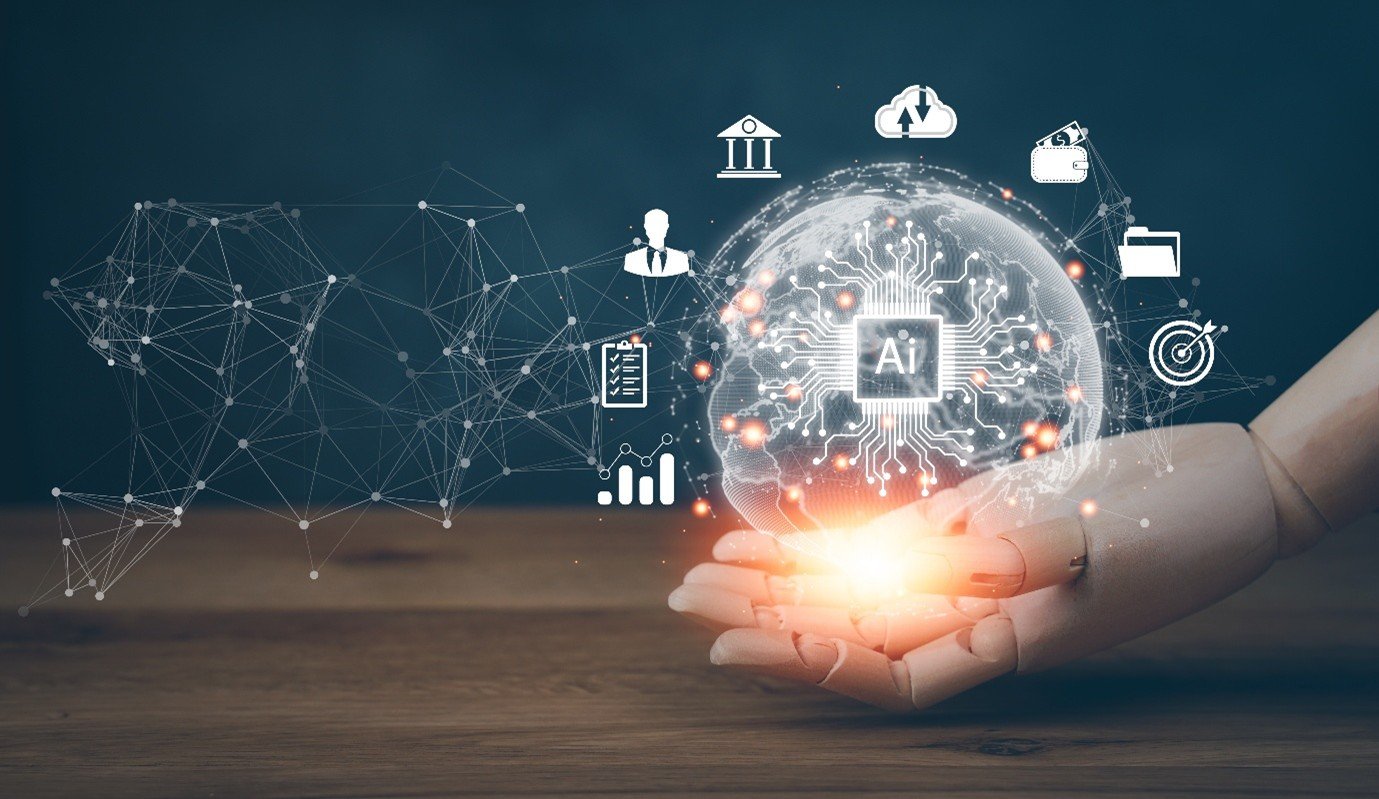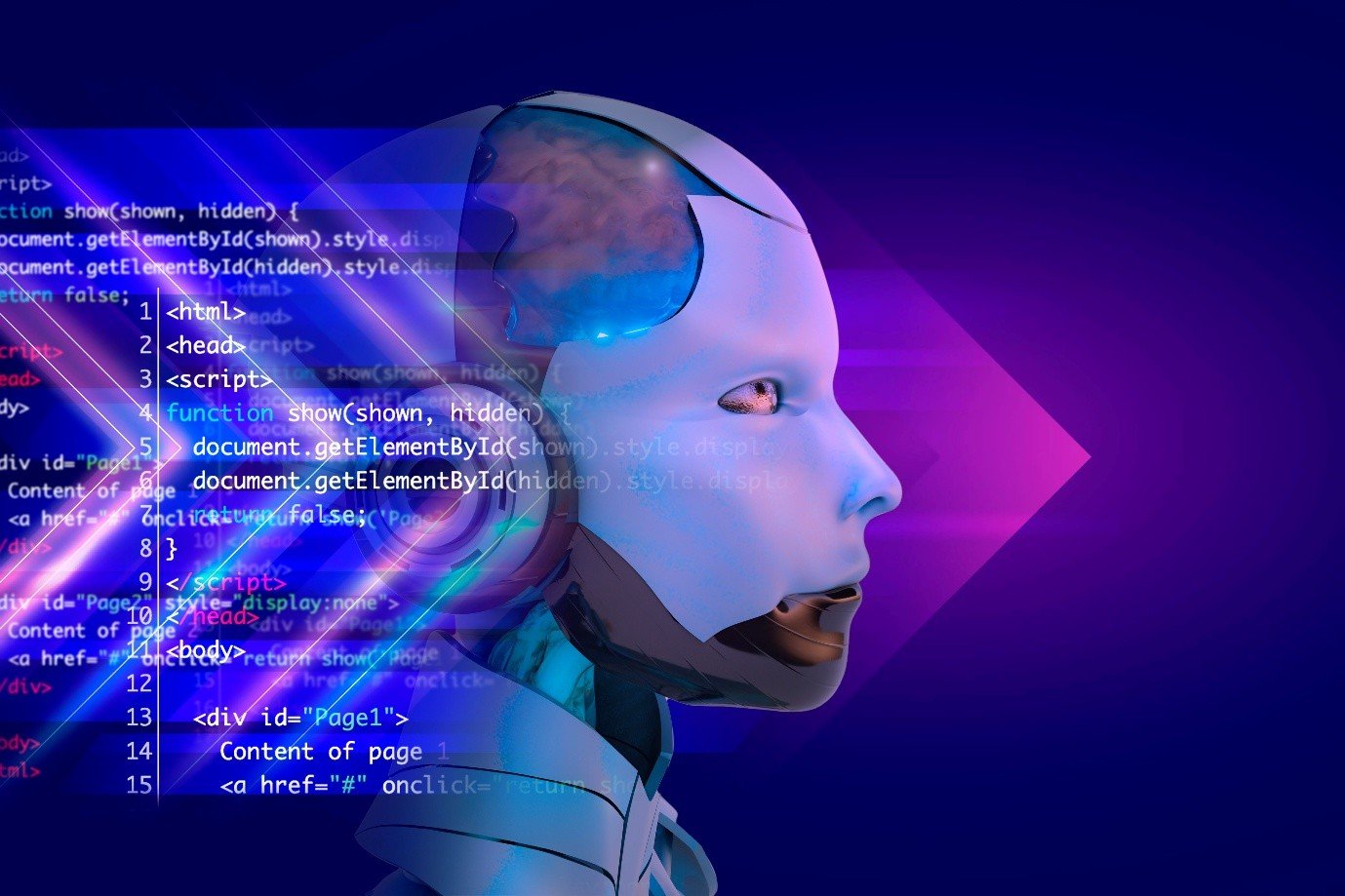Loading

The landscape of web development is undergoing a revolutionary shift. Artificial Intelligence (AI), once a futuristic concept, has now become an integral part of modern development environments. From writing code to automating tests and enhancing user experiences, AI is reshaping every aspect of how websites and web applications are built, optimized, and maintained.
Gone are the days when developers had to rely solely on manual coding, error-prone debugging, and time-consuming testing cycles. With AI-powered tools and systems, teams can now streamline workflows, reduce redundancies, and focus more on creativity and problem-solving.
This blog delves deep into how AI is transforming web development workflows — not just by improving efficiency, but by redefining what’s possible. ”
The AI Evolution in Web Development
The integration of AI into web development didn’t happen overnight. It evolved as a response to increasing demands for:
- Faster deployment cycles.
- Smarter personalization
- Error-free coding
- Predictive user behavior analysis
- Scalable and adaptive platforms
AI is now enabling development teams to meet these demands with precision and agility.
1. AI in Code Generation and Optimization
One of the most significant breakthroughs in web development is AI-assisted coding. AI tools can now:
- Generate code from natural language inputs, allowing developers to describe what they want and get functioning snippets instantly.
- Autocompletion and predictive coding that understands the project context and suggests logic-aware code lines.
- Detect unused code and redundancies, enhancing code efficiency and reducing bloat.
AI doesn’t replace developers; it enhances their capabilities by removing repetitive tasks and letting them focus on architecture and logic.
2. Smart Debugging and Error Detection
Debugging has historically been a time sink in web development. AI drastically shortens this process:
- Real-time bug identification detects errors as code is written, not after execution.
- Automated root-cause analysis pinpoints the source of bugs, even in complex applications.
- Self-healing systems use AI to apply fixes or recommend solutions based on similar past issues.
This shift reduces downtime and improves product reliability.
3. AI-Powered Testing Automation
Quality Assurance (QA) is another crucial area where AI makes a big impact. Instead of manual test scripting, AI introduces:
- Automated test case generation based on user behavior and expected outcomes.
- Adaptive testing frameworks that evolve as the app changes, requiring less human intervention.
- Visual testing tools using machine learning to detect UI changes, broken layouts, or functional shifts.
As a result, web apps go through faster and more reliable QA cycles, enhancing overall product quality.
4. Enhancing UI/UX with AI Insights
Web design is no longer just about aesthetics; it's about creating intelligent user experiences. AI supports this in multiple ways:
- User behavior tracking identifies patterns, allowing designs to adapt dynamically to users’ preferences.
- Heatmap analysis and session replays help refine layout decisions.
- AI-generated wireframes and mockups speed up the design process by suggesting layout structures based on industry trends and user needs.
These capabilities ensure that users interact with intuitive and optimized interfaces, improving engagement and retention.
5. Natural Language Interfaces for Developers
AI-powered Natural Language Processing (NLP) tools allow developers to:
- Interact with documentation, databases, and codebases using simple language queries.
- Search code repositories and configuration files without using exact syntax.
- Receive human-like responses from AI assistants trained on development concepts.
This conversational approach reduces the cognitive load on developers and increases productivity.
6. Personalized Web Experiences Using AI
AI plays a significant role in the end-user experience by:
- Personalizing content based on demographics, preferences, or behavior.
- Predicting what users might want next, improving navigation and conversion.
- Adaptive UI elements that change in real-time to fit the user’s device, location, or browsing habits.
This kind of intelligence ensures that web applications are no longer static but evolve with each user’s journey.
7. Automated Content Management and SEO Optimization
Content and SEO are vital to a website's success. AI is now integrated into many CMS platforms to assist with:
- Content categorization and tagging based on topic analysis.
- SEO-friendly content suggestions tailored to keyword trends and audience behavior.
- Automated metadata generation including alt texts, descriptions, and schema markup.
With AI, web content becomes more relevant, searchable, and aligned with user intent.
8. Predictive Maintenance of Web Applications
AI systems monitor web applications and infrastructure to anticipate failures before they happen. This includes:
- Monitoring performance trends and alerting teams about potential issues.
- Predicting server load and scaling resources automatically.
- Analyzing logs and user feedback to identify potential bottlenecks or bugs.
Predictive maintenance reduces downtime, improves uptime, and makes web apps more resilient.
9. AI for Cybersecurity in Web Development
Security is paramount, and AI assists in fortifying applications through:
- Real-time threat detection by analyzing patterns and anomalies.
- Intelligent firewalls and bot detection to stop automated attacks.
- Authentication reinforcement using biometric analysis and user behavior recognition.
This proactive approach keeps both user data and development integrity intact.
10. AI in Continuous Integration and Deployment (CI/CD)
AI seamlessly integrates into modern DevOps pipelines, bringing:
- Smarter build validation that checks for logic consistency.
- Automated deployment suggestions based on previous success metrics.
- Rollback recommendations in case of performance degradation post-deployment.
AI augments CI/CD by enhancing decision-making with data-backed insights.

The Shift Toward No-Code/Low-Code Platforms
AI is also powering the rise of platforms that enable non-developers to build and manage web applications. With intuitive drag-and-drop interfaces and AI-powered logic creation, these platforms:
- Reduce development barriers
- Accelerate prototyping
- Empower business teams without compromising on quality
This democratization of development, led by AI, is expanding what’s possible in digital innovation.
Challenges and Considerations
While the advantages are significant, the AI transformation comes with challenges:
- Dependence on AI tools can reduce deep coding expertise over time.
- Bias in AI algorithms may affect output accuracy or fairness.
- Security vulnerabilities may be introduced if AI-generated code isn’t verified.
Developers must balance AI assistance with human oversight to ensure integrity, creativity, and accountability.
The Future of AI in Web Development
The future promises even deeper integration of AI across the development cycle. We can anticipate:
- Fully AI-managed deployments
- Predictive user interface creation
- Voice-driven development environments
- Hyper-personalized user experiences in real time
As AI continues to learn and evolve, its role in web development will become more autonomous, collaborative, and strategic.

Conclusion
AI is no longer a tool of the future — it is the force transforming the present. Web development workflows are being redefined by AI, making them faster, smarter, and more efficient. Developers now have the opportunity to break free from routine tasks and focus on high-impact, innovative work.
As we move forward, the synergy between human creativity and artificial intelligence will shape a new era of web development — one that’s intuitive, responsive, and endlessly adaptable.



Leave a Reply